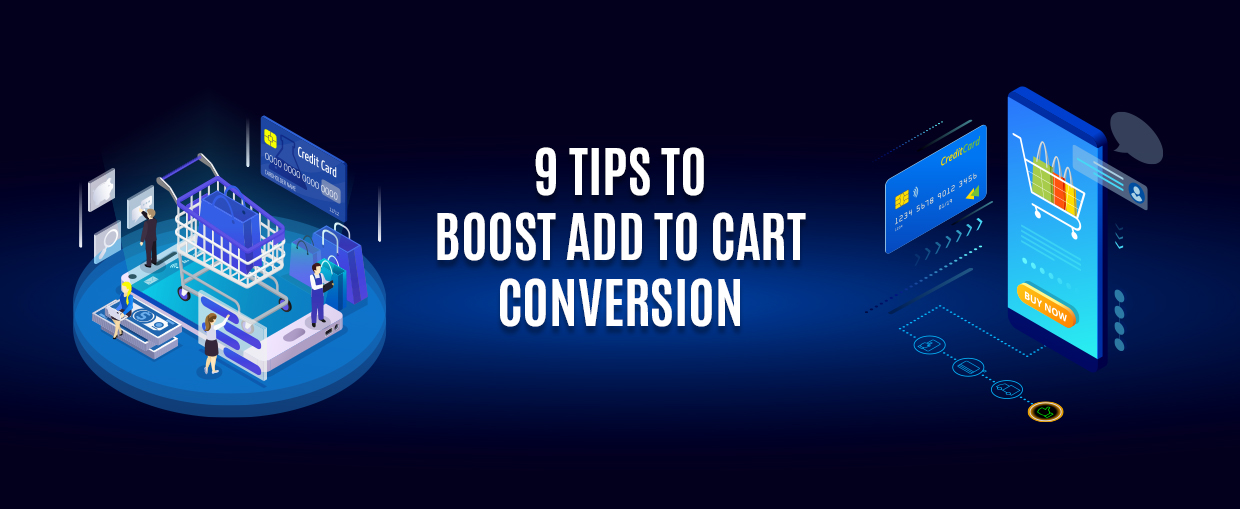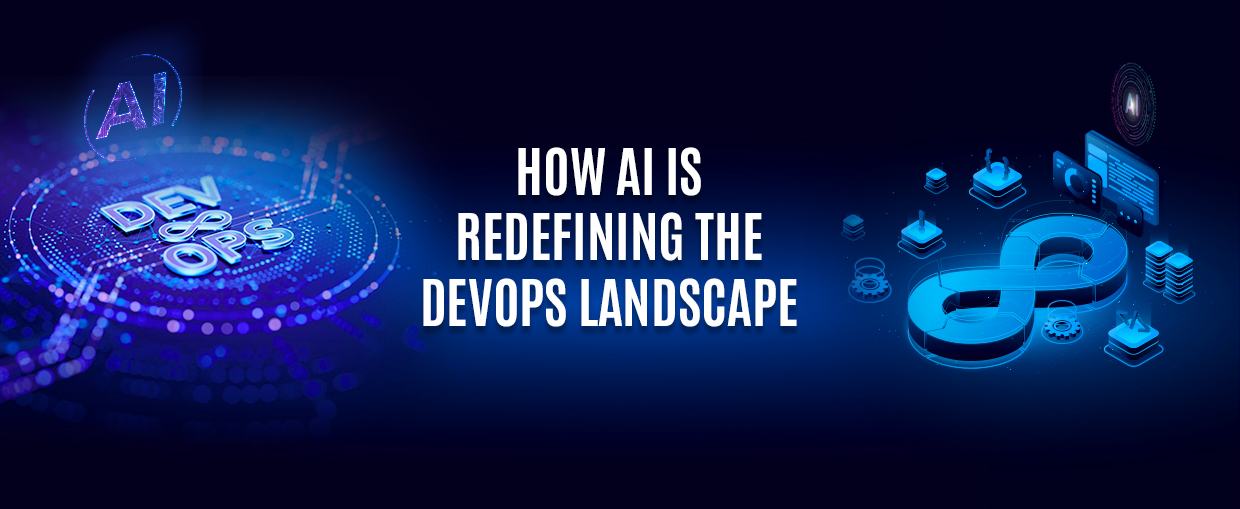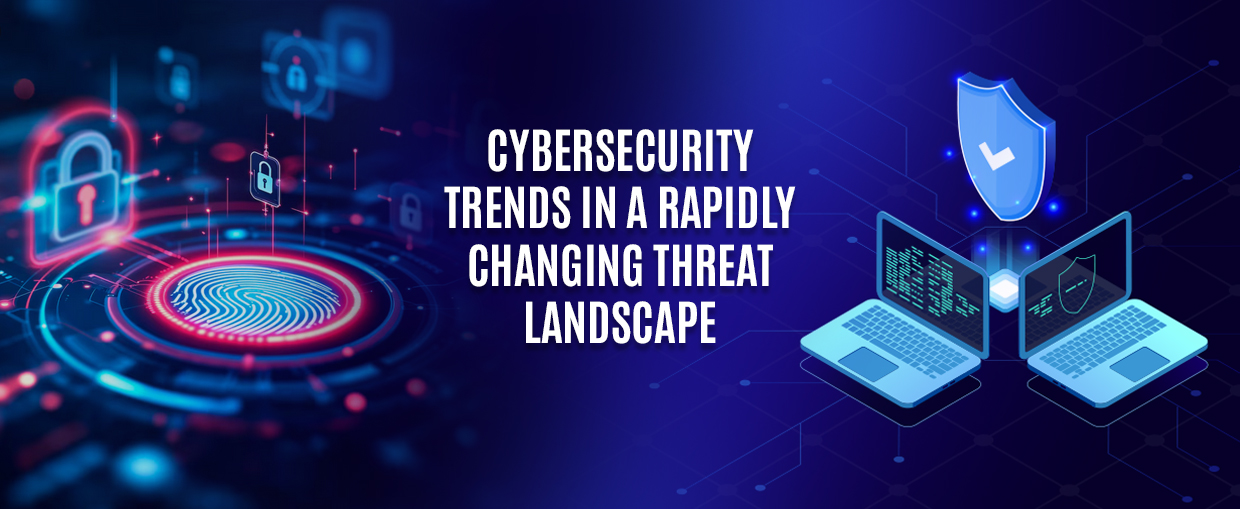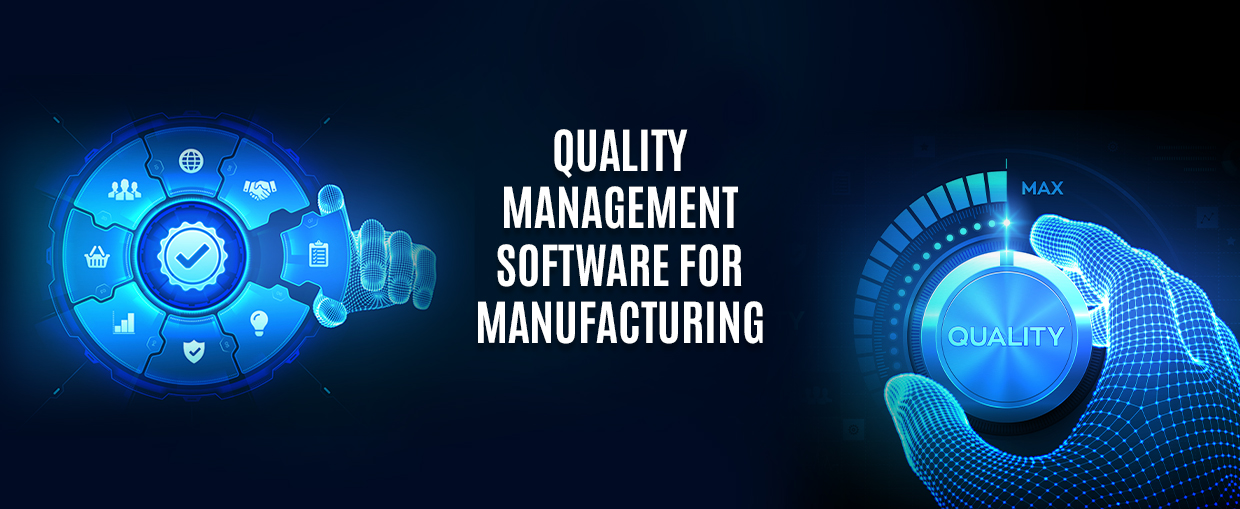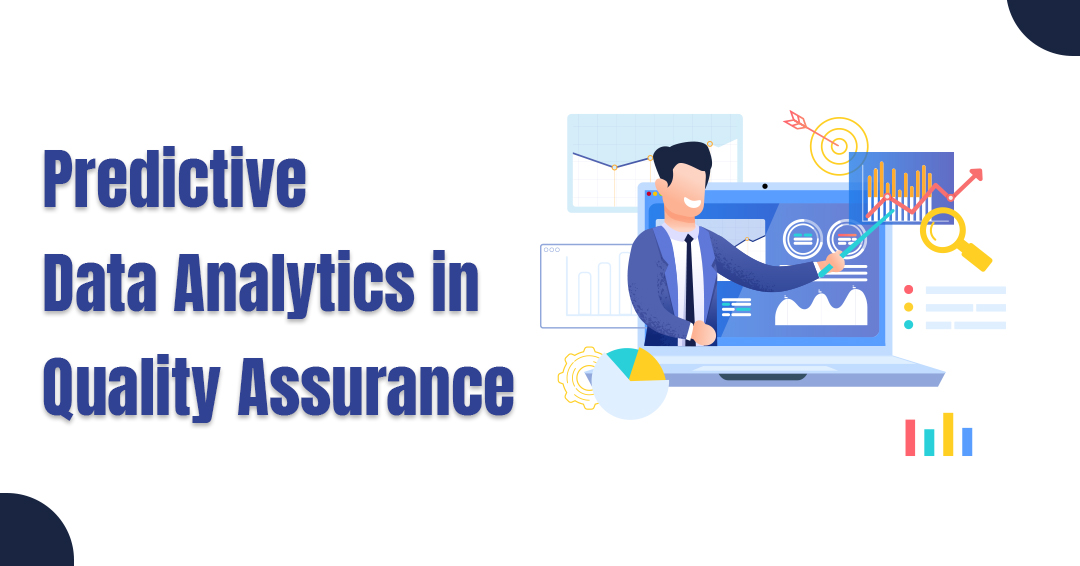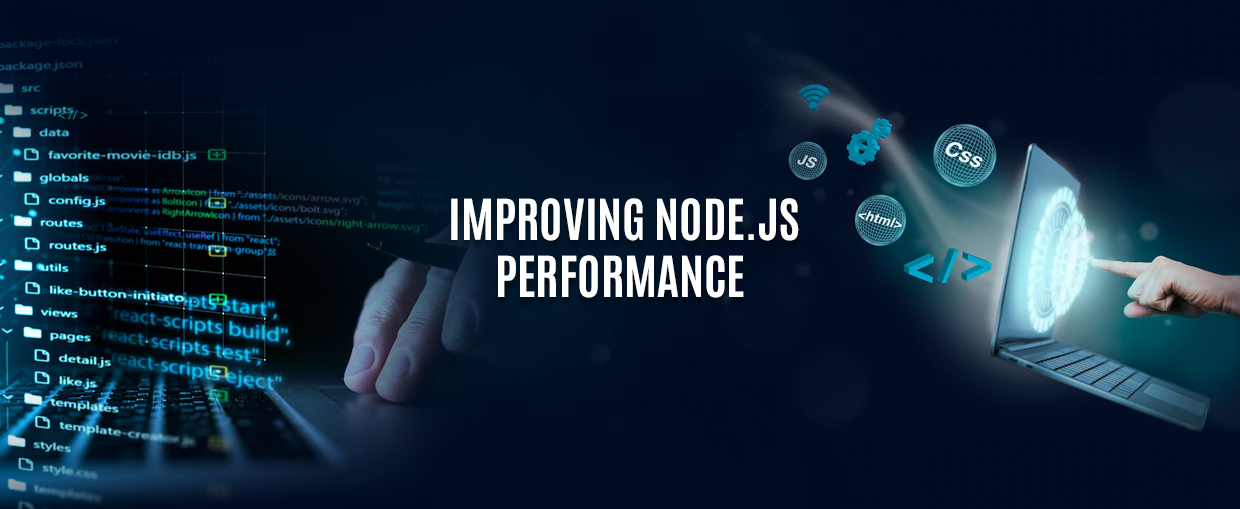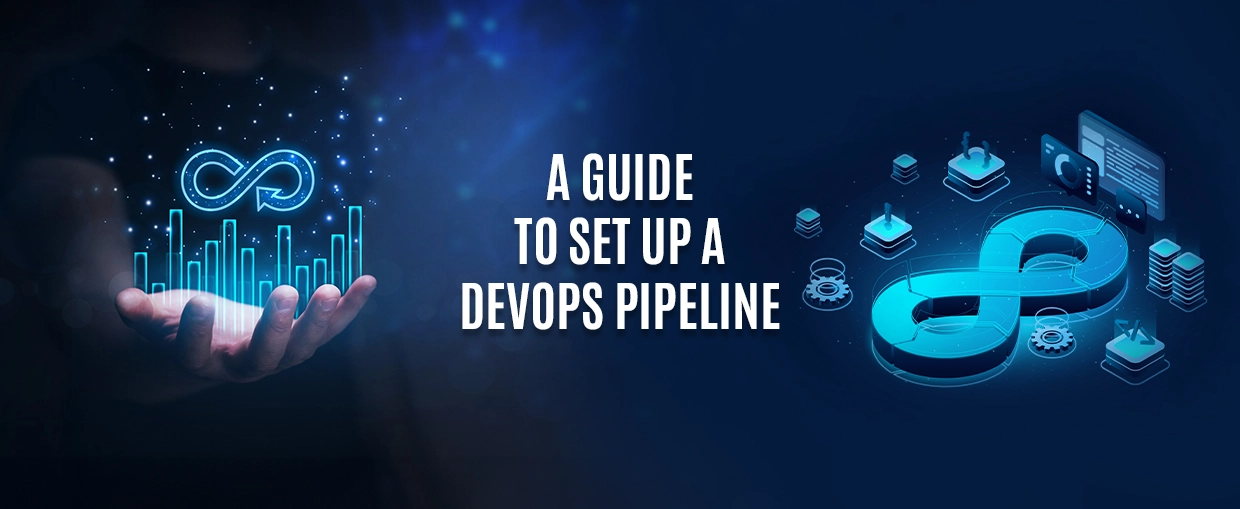A solid back end development technology is one of the prime factors that contribute to the success of a website or web application. It’s the underrated hero that ensures everything runs smoothly and flawlessly for your users.
However, today’s progressive technology pace is always bringing new developments. So, every seasoned software development company keeps on top of these market trends in the current timeline and beyond.
Cutting-edge technologies are being widely employed for IT services such as custom software development, app development services, and more to attract online users. So, being persistent and up to speed on the hottest trends is key for developers to put together resolute and efficient systems.
We will discuss all about the latest back end development technology trends for you to catch up to fulfill this digital era’s rising expectations.
Web Development Trends That Influence Back End Development
Knowing the latest innovations in web development is essential for app development services or governing a web server. So we’re not just speaking of making things seem nice on the front end; these trends have a significant influence on how we create and manage back ends.
We’ll look at some of the most fascinating headways in web development and how they’re affecting the back end game in this area.
1. Artificial Intelligence (AI) and Machine Learning (ML)
AI and ML technologies have been disrupting the IT services industry for a really long time. Essentially, they can transform a web page to provide better user experiences – chatbots being one such example.
An AI and ML-based web app requires more assistance in back end development than a typical web app. A software development company’s teams will be in charge of creating and building the system for storing, processing, and retrieving data. They also use it to integrate the AI and ML components into the back end.
By closely collaborating with data scientists and other experts, they ensure that AI and ML models are correctly trained and integrated into the app.
2. Event-Driven Architecture
Events are used in event-driven architecture to trigger and communicate between custom software development services or components of a system. It offers major benefits in terms of scalability where components can respond to events individually. The loose coupling aspect makes the services autonomous and loosely connected. Its real-time response nature facilitates immediate event responses as well.
Leveraging message brokers such as RabbitMQ or Apache Kafka and building event handlers can help you design your system to emit and consume events with better event responses.
3. Augmented Reality (AR) and Virtual Reality (VR)
AR and VR are popular mobile and web app development services trends. AR and VR are being deployed to create immersive experiences ranging from training simulations to virtual product demonstrations.
The exact needs of your AR and VR app will decide if you require a back end crew. A back end is required for many AR and VR apps to deliver dynamic data, handle authentication, and manage other server-side functions. It is critical to thoroughly assess your app’s needs to decide whether back end development or a back end team is required for your custom software development project.
4. Serverless Architecture
Implementing serverless makes back end management more efficient and cost-effective. It allows developers to focus on code while also increasing scalability and resilience since the IT services provider automatically scales resources.
Competent Cloud services provider maintains serverless architecture, therefore, there is no need for server maintenance or scaling. However, a back end developer is still required to design and manage code for the serverless platform, as well as handle business logic and communicate with services such as databases or APIs. Back end development teams should be conversant with the serverless platform in consideration and should possess the capacity to build efficient and scalable code.
5. Single-Page Application (SPA)
SPAs are a prominent web development approach leveraged by every software development company to provide quick and responsive user experiences. It loads all of the required HTML, CSS, and JavaScript onto a single page and dynamically refreshes the content without the need for a page reload.
An app’s needs determine if you require a developer for back end development. Back end servers are frequently required by SPAs for functions such as dynamic data, authentication, and other server-side processes. By building APIs that feed data and functionality to the front end, back end code may be reused in an SPA. This increases speed by freeing up the front end to focus on the UI and UX design while letting the back end handle resource-intensive operations.
Back End Programming Languages on the Rise
The back end programming language you employ relies on the framework or platform you are harnessing, along with the skill level of your app development services team.
Different languages are better suited for different types of custom software development projects. Therefore it’s critical to select one that meets your unique requirements. Various back end programming languages are popular and should be considered.
Let’s have a look at what’s new in back end languages:
1. Go
Go, also known as Golang, is an open-source programming language. It is a compiled language with static typing to improve efficiency and speed. Golang, in addition to its compiler capabilities, provides parallel programming to do several tasks at the same time—hence the name “Go.”
Go is a popular back end language among software development companies, primarily due to its speed and ease of use.
Learning Golang is an excellent opportunity for developers to keep ahead of the pack and set themselves up for success. When it comes to scalability and performance, Golang is a secure bet for businesses looking for back end development.
2. PHP
PHP powers almost 80% of global websites that employ a known server-side programming language making it a suitable choice in IT services. It is not only an extremely flexible language, but it also includes a large library of frameworks and packages that quickly enable you to build dynamic websites.
Additionally, its syntax is basic and quick to grasp, making it appropriate for both experienced developers and novices. Businesses will also have little trouble getting PHP developers, making it excellent for web and mobile app development services.
3. Python
Python is popular among both new and seasoned developers. It’s a high-level, general-purpose programming language known for its simple syntax and adaptability.
Python is the language of choice for solving a wide range of custom software development challenges, from professional website development to machine learning (ML). Its wide range of libraries and GUI programming support is relied upon by organizations to power their back ends.
Python is also a great choice for web development as it is easy for beginners to pick up quickly and powerful enough for expert developers to create sophisticated applications.
4. JavaScript
JavaScript (JS) is the web language that will continue to gain in popularity in the back end development sector and towards the future.
It is a multi-paradigm programming language that supports object-oriented, functional, and imperative programming approaches. It is a language that allows for a great deal of coding freedom for software development companies.
With a wide range of libraries and frameworks, and support for server-side development, JS is a popular choice for web developers creating full-stack online applications. JS’s cross-platform, open-source runtime environment – Node.js is even more popular among back end developers.
5. Ruby
Ruby is at the top due to its large community support, scalability, and efficiency. Ruby’s simple syntax has made it popular for developing web apps. Despite the competition from new back end technologies and frameworks, Ruby on Rails has many valuable applications and remains popular. It’s an excellent choice among app development services as well.
If you wish to build a web app, Rails Ruby back end developers can assist you in designing an effective and user-friendly interface. Developers who are familiar with the language can assist you in creating a reliable and secure app.
Major Back End Development Frameworks
The framework you choose for your web or custom software development project matters for its success. Back end development tools abound, each with its unique set of features and capabilities.
Here are the top frameworks to choose from depending on the needs of your project and the back end stack of your team:
1. Django
Django is a popular Python web development framework. It’s a back end development framework that streamlines the development of web apps. It is built on the model-view-controller (MVC) architecture and contains a slew of useful web development capabilities.
It provides end-to-end testing and includes an internationalization framework for creating multilingual websites. Django is an excellent solution for quick and efficient development of everything from content management systems to social networks and data storage tools.
Django has a solid reputation for dependability and quality, so it’s no wonder that it’s a popular choice among IT Services for back end web services.
2. Laravel
Laravel is a prominent PHP-based framework for back end frameworks. It has dependency injection, a template engine, ORM, and a user-friendly command-line interface.
Laravel’s simple yet scalable and sturdy architecture, as well as its appealing syntax, makes it popular among PHP developers. It has integrated support for databases, email automation, and other mission-critical apps for custom software development.
Laravel is the leading choice in the field of back end technology due to its large developer community and reputation as a top framework.
3. Node.js
Node.js is a powerful tool for JavaScript developers that extends JavaScript’s capabilities by providing back end functionality. It is an open-source, event-driven JavaScript runtime that runs on Chrome’s V8 engine and is popular among developers for its ease of handling large web app development.
Developers leveraging Node.js have the advantage of managing both back end and front end development using a single language – JavaScript. It’s ideal for real-time applications and benefits developers to manage several requests in a single instance with ease. Furthermore, it enables two-way communication with real-time applications, which increases the speed and performance of apps built using app development services.
4. Flask
Flask is another open-source Python framework that is better suited for smaller applications. It is considered a microframework since it does not require any special tools or libraries. Despite this, it’s an incredibly flexible platform for web developers, allowing them to tailor their services and applications to the needs of the project.
Flask is an excellent choice for back end development due to its great developer community, rapid development speed, and scalability. Third-party libraries are also supported, giving developers access to additional tools for their projects.
Get Your Back End Development Strong!
By considering the dynamic and ever-changing nature of the web development industry, developers must keep up with the most recent back end technologies. Embracing these technologies as soon as possible will aid in the success of your business.
To ensure this, you will require competent and reliable back end developers to assist you with your projects. It can be easily achieved when you partner with a reputable custom software development company.


